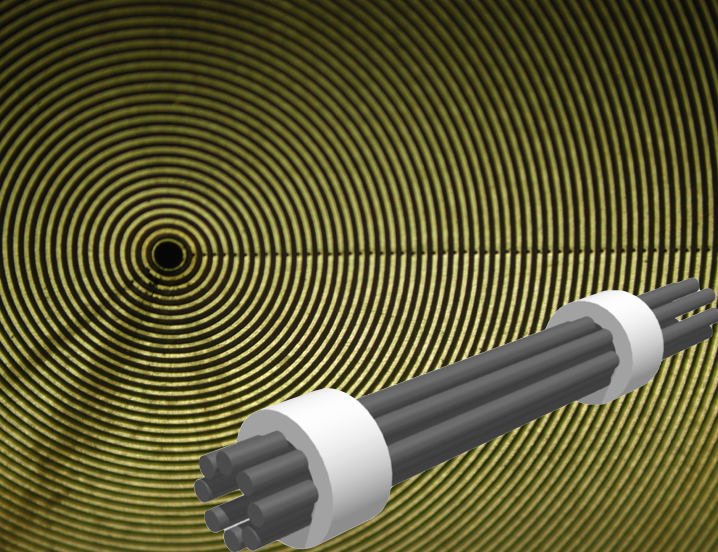How do you trap a very high-energy ion?
Measurements of nuclear moments give details about nuclear structure that cannot be obtained in any other way. However, traditional methods like nuclear magnetic resonance (NMR) and nuclear quadrupole resonance (NQR) require large numbers of stable nuclei to make a measurement and cannot be applied to unstable radioactive nuclei, which are usually produced in very small numbers. Instead, these unstable nuclei are best measured in traps, where atoms can be held for a long enough time to make sensitive measurements. The challenge is to take nuclei that were created in a high-energy collision and slow, trap, and cool them to make a precision measurement.
Writing in Physical Review Letters, a group at the newly commissioned Slow Radioactive Ion (SLOWRI) facility at RIKEN in Japan reports they have trapped and measured the magnetic moment of unstable ions. The group starts with ions from a high-energy fragmentation reaction and cools away 15 orders of magnitude in their kinetic energy, leaving trapped ions with temperatures less than 10 . The RIKEN team then used a laser method to measure the atomic hyperfine structure of the ions to deduce the nuclear magnetic moment of .
These measurements help determine the nuclear structure of , but they also provide a baseline for understanding more exotic isotopes, such as , where the extra neutrons are weakly bound and may form a neutron “halo” that could be detected from anomalies in the hyperfine structure.
This first successful experiment at RIKEN paves the way for further experiments of radioactive nuclei in the ion trap at RIKEN. The general method of stopping the ions in a gas cell and then forming a low-energy ion beam is an important component of accelerators that are under construction or planned for the future. – Gene Sprouse





